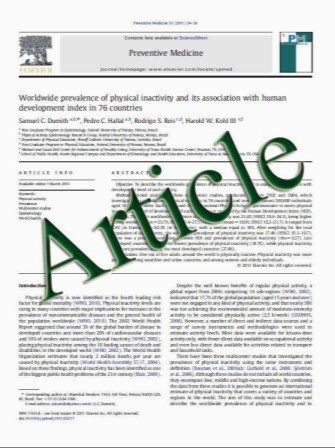A Comparative Study of Non-Invasive Methods for Fibrosis Assessment in Chronic HCV Infection
- نوع فایل : کتاب
- زبان : انگلیسی
- مؤلف : Roxana ھirli 1*, Ioan Sporea 1, Simona Bota 1, Alina Popescu 1, Marioara Cornianu
- چاپ و سال / کشور: 2010
Description
Liver biopsy (LB) plays a key role in the diagnosis and monitoring of diffuse chronic hepatitis, especially for its staging (1-4). The prognosis and management of a patient with chronic hepatitis C virus (HCV) infection depend very much on the severity of liver fibrosis (4), which can be assessed by several methods: LB, considered the “gold standard”; serological markers (FibroTest being the most frequently used); and elastographic methods: noninvasive techniques based on liver tissue elasticity. Although considered the “gold standard”, LB is not a perfect method; there are a number of problems related to the diagnosis of cirrhosis (5): the inequality of fibrosis in the two liver lobes in paired LB (6); also inter-and intra-observer variability in the evaluation of specimens obtained by LB (5, 7). In addition, LB is an invasive maneuver, (with a risk of complications, even if it is low) causing discomfort for the patients (8-11). For these reasons, non-invasive methods of assessing the severity of fibrosis which may someday completely replace LB, are constantly being searched for. Among the non-invasive tests, the best results were obtained with liver stiffness measurement (LSM) by means of transient elastography (TE) (FibroScan®), and with FibroTest-ActiTest® (Biopredictive, Labcorp) (12) and Fibrospect II® (Prometheus) (13). All these non-invasive methods are expensive and/or require equipment that is not widely available; therefore simpler, cheaper methods for the prediction of hepatic fibrosis were sought for. The aim of this study was to evaluate several simple serological tests for the prediction of fibrosis in chronic HCV infection: number of platelets, the APRI test, the Forns score, the Lok score and the FIB-4 score; as compared to LSM by TE and to the current “gold standard”: the LB.


